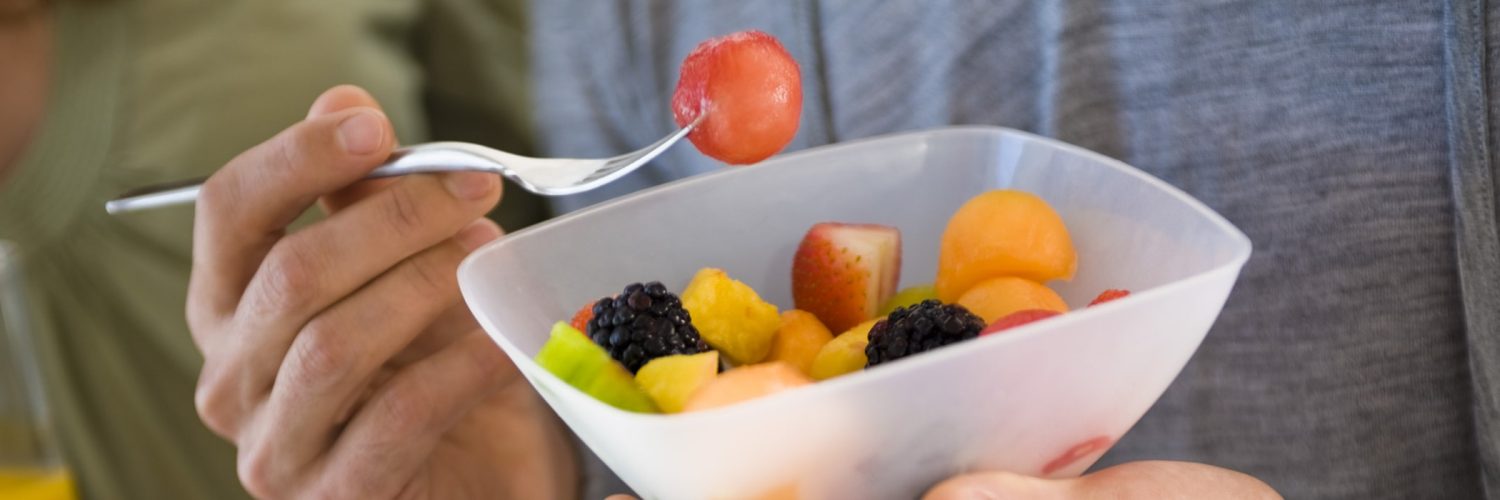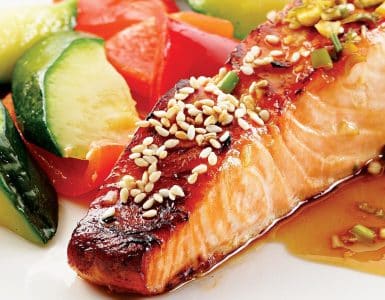Sugar makes food taste delicious, but it’s definitely not nutritious! Consuming too much sugar contributes to obesity, which is linked to heart disease and diabetes. Try these tips to reduce your sugar intake.
Get educated about sugar
Set your daily limit for added sugar. For women, the limit should be 6 teaspoons or 25 grams per day; for men, the limit is 9 teaspoons or 36 grams.
Read labels for the grams of sugar to make healthy food choices. If a product doesn’t have fruit or milk in the ingredients, all of the sugar that is found in the food is likely added. If fruit or milk is in the food, the label will account for both natural and added sugars.
Know sugar’s aliases. Ingredients that end in “ose,” like sucrose, dextrose, fructose, glucose, lactose, and maltose, indicate sugar. Other names for sugar include corn syrup, cane sugar, molasses, nectar, and fruit juice concentrate.
Understand sugar “terms” on labels. “Sugar-free” indicates a food has less than 0.5 grams of sugar per serving. “Reduced sugar” foods must have at least 25 percent less sugar per serving than their traditional counterpart product.
Choose the right foods
Need energy? Choose healthy carbohydrates. Opt for fruits, vegetables and whole grains as your main sources of carbs.
Limit foods with added sugar, such as cookies, cupcakes, candy, and other sweets.
Watch out for sneaky sources of added sugars. Some canned fruits, packaged breads, premade sauces and fruit-flavored yogurts—even cereal and flavored oatmeal—can contain added sugars.
Choose fresh or frozen fruit to satisfy your sweet tooth.
Determine how much you really need dessert. If you’re an everyday dessert eater, limit yourself to enjoying it only on a specific day, weekends, or special occasions. This can greatly reduce your sugar intake. Or swap your dessert for a healthier option like a smoothie.
Drink healthier beverages
Substitute water for soda and other sugary beverages.
Need a morning pick-me-up? Enjoy your cup of coffee or tea unsweetened or sweetened with stevia.
Choose 100% fruit juice with no added sugar. The natural sugars in fruit are enough to give juice flavor—extra sugar isn’t needed to make juice tasty!
Make smart swaps
Substitute sugar and sweeteners with spices such as cinnamon, nutmeg, ginger, mint or cardamom to add flavor to coffee, oatmeal and plain yogurt.
Add fruit, rather than sugar, to your baked goods. Try swapping a cup of smashed blueberries or pomegranate juice for a cup of sugar in your next cupcake, cake or cookie recipe.



